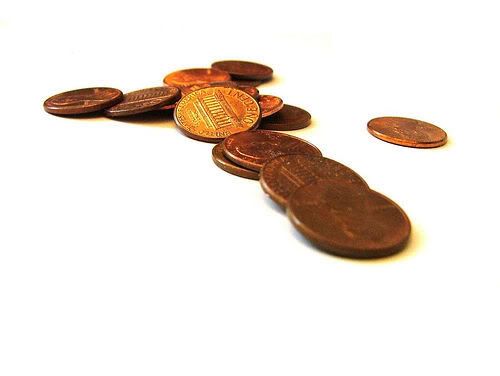
Hello readers! I have great news to tell you about!
Starting in January 2009, Canadian citizens over the age of 18 are eligible to open a tax free savings account available at all the major banks and most financial institutions! There are four different kinds of tax free accounts: Bank Accounts, GICs, short term deposits and Mutual Funds. Each account earns interest that is completely tax free, which is different than your regular bank account which is interest accumulates taxable income. For example: If you opened up an ING Direct account at 2.7% interest with $5000 deposited, in one year you will have earned $135 making your total balance: $5135. In a tax-free savings account, that $135 is not counted as taxable income, so, the profit is 100% yours!
Here are 10 things you need to know about tax free savings accounts taken from the ING Direct Canada website. If you don't already have a high-interest savings account (a bank account from ING Direct, Manulife or ICICI Bank for example) then I'd highly recommend you take some time to review their websites and start an account to earn you more money than your typical bank account. At the time of this writing, ING Direct Canada earns the highest interest rate available to Torontonians for a savings account.
- The Tax-Free Savings Account lets you invest while not being taxed on interest or investment earnings.
- You can contribute a maximum of $5000 a year. For example if you contribute $5,000 each year for 5 years you’d have more than $25,000 earning interest Tax-Free!
- You can have more than one Tax-Free Savings Account and you can also have Tax-Free Savings Accounts with more than one financial institution. Like RSP’s you will need to keep track of how much you’ve contributed so you don’t exceed your limit (eg. $5,000 in 2009)
- Unlike an RSP, you don’t have to pay any tax on money you take out of your Tax-Free Savings Account, and withdrawals from your Tax-Free Savings Account don’t affect your ability to qualify for Federal benefits like the Child Tax Benefit, Guaranteed Income Supplement, Old Age Security benefits, Age credit, or Goods and Services Tax credit – so you’re not penalized for saving.
- You’ll be able to open savings accounts, GIC’s and mutual funds tax-free.
- Unlike an RSP, money you put into your Tax-Free Savings Account will not be deducted from your income on your tax return.
- Just like an RSP, when you file your tax return each year, the government will determine your remaining available Tax-Free Savings Account contribution limit for the coming year.
- If you take money out of your Tax-Free Savings Account, you don’t lose the contribution room. You get it back in the following year. If you don’t make the maximum contribution you don’t lose the contribution room. The unused contribution room gets carried over to the following year. There is no limit to how much or how long contribution room can be carried forward.
- You can open a Tax-Free Savings Account if you are 18 years of age and a Canadian resident.
- The Tax-Free Savings Account comes to Canada January 1, 2009
